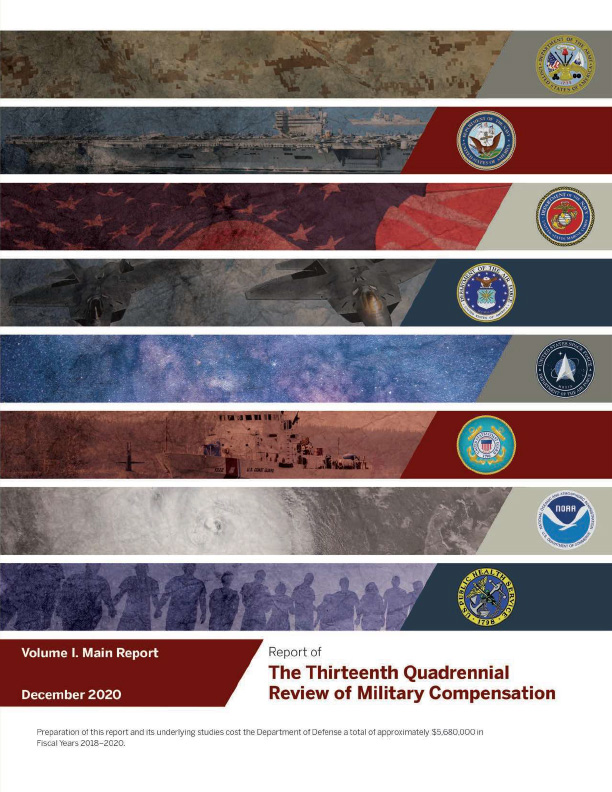Retention and Recruiting
Support for DoD recruiting

We support the DOD in its efforts to recruit the next generation of talented service members and civilians. Examples include:
- Identifying demographic, economic and cultural factors that predict military enlistment.
- Evaluating the Science, Mathematics, and Research for Transformation (SMART) program for recruiting STEM talent.
- Assessing national demographic and labor market trends for the Army National Guard.
IDA’s Retention Prediction Model
The model helps answer a range of questions. Examples include:

Developing targeted retention incentives to help the Army retain high-quality junior officers.

Supporting the Army National Guard in programming for future demand for training school slots.

Identifying factors correlated with promotions and departures of Navy officers.

Measuring the return on investment for physicians trained at the Uniformed Services University.

Quantifying the predicted costs to the DOD of changing the military compensation structure.
Compensation and Benefits
Identifying Potential Improvements and Cost Savings

Examples:
- Evaluating the effects of a single-salary system on military service members’ earnings, military readiness, personnel costs and tax revenue.
- Estimating the cost of providing health care to DOD beneficiaries under an alternative benefit design.
- Developing recommendations for pilot programs designed to assess proposed TRICARE reforms.
- Examining the financial impact of the COVID-19 pandemic on service members and families.
- Assessing discount rates used to calculate lump-sum military retirement payments under the Blended Retirement System.
Research Spotlight

Analysis of a Salary-Based Pay System for the Quadrennial Review of Military Compensation (QRMC)
IDA’s contribution to the 2020 QRMC report included an analysis of the feasibility and implications of a single-salary pay system, as well as recommendations for alternative policy changes targeted at improving the efficiency and fairness of the military pay system.
See our report.
